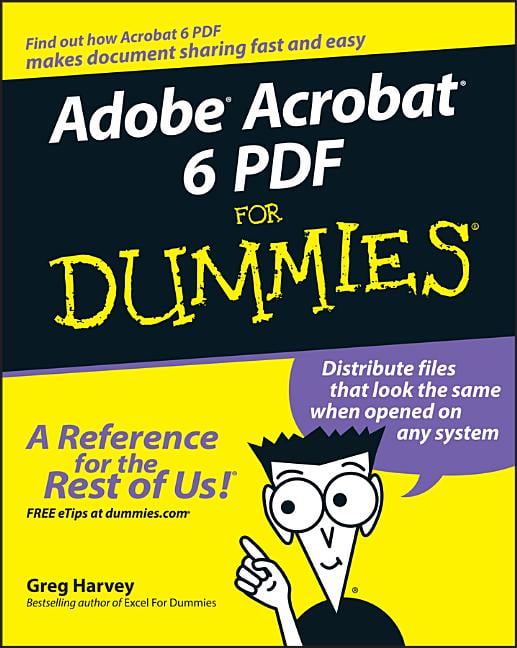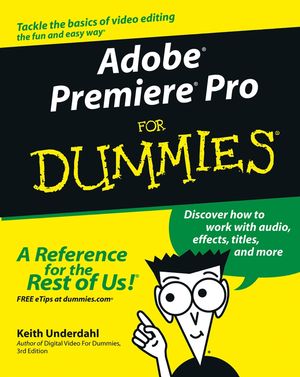

You'll notice that this changes the frame that's currently being displayed. Try moving the playhead by dragging the blue tab at the top of the line. This indicates which part of your video/ audio is currently being looked at in the top-right preview window. The thin vertical line is your playhead, also known as a scrubber.You can add more later on if you need to. To start off, Premiere Pro gives you 3 layers for your video and 3 for your audio, with the video always appearing at the top and audio beneath.


The horizontal bars represent your footage and any attached audio.To do this you can either press Ctrl + I (Cmd + I on a mac) and select the clips you wish to import, or you can drag and drop video, audio and image files directly from a folder. The first thing to do when starting your new video editing project is to import your media. We'll worry about those last two later – for now let's focus on importing your footage. In the Assembly workspace (pictured above), the window on the left is where your imported media will sit, the top-right window will feature a preview of your current sequence, and the window on the bottom-right is your video editing timeline. It's recommended that you familiarise yourself with each workspace, however, as it can really help to speed up your editing process.īy default, Premiere will open a new project in the Assembly workspace, which is optimised for importing and assembling your footage. It's not always necessary to switch between workspaces to make various edits, for example most of the functions relating to assembly, video effects, audio optimisation and colour grading can be accessed via the Editing workspace by simply selecting the relevant windows.


 0 kommentar(er)
0 kommentar(er)
